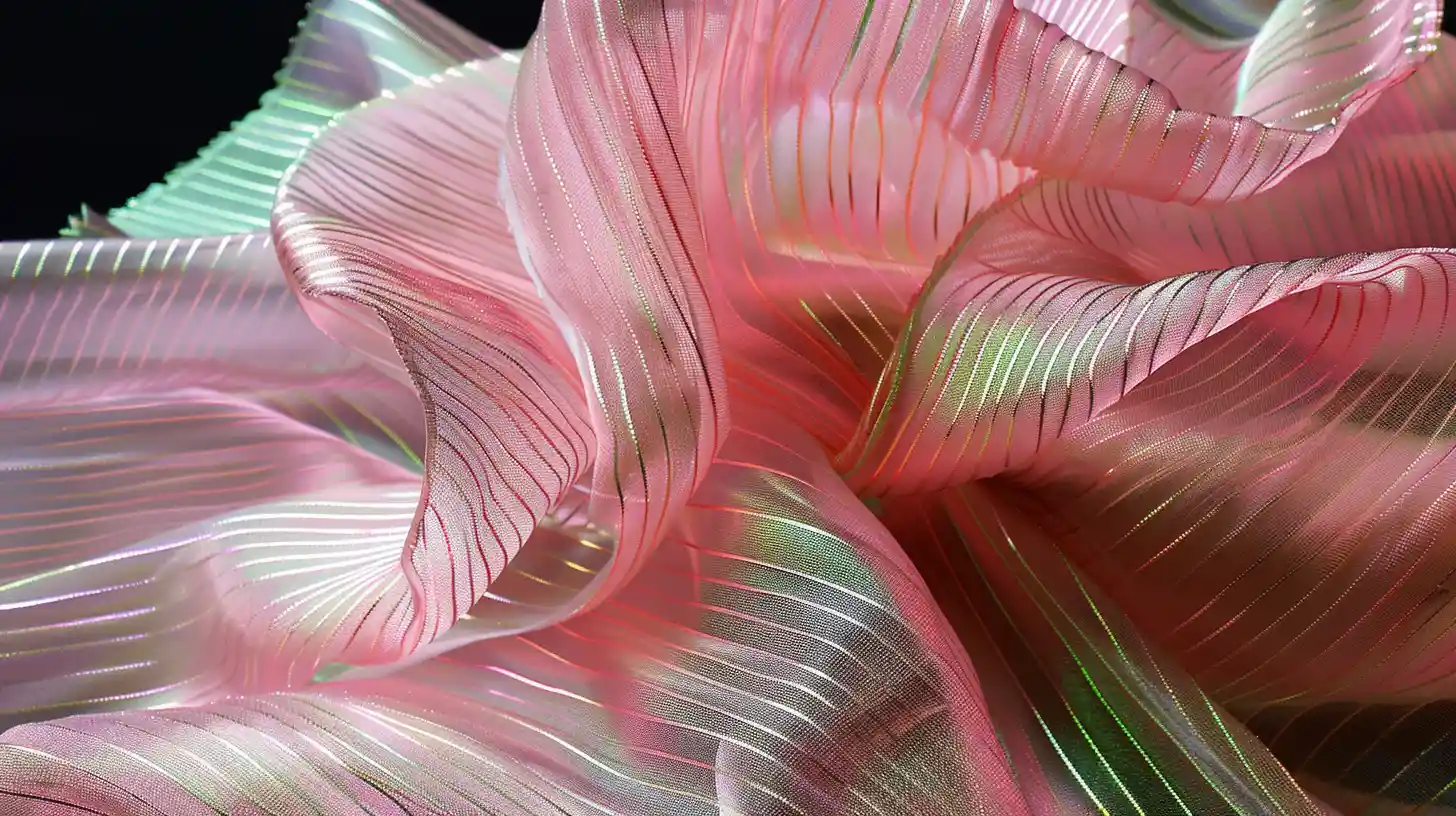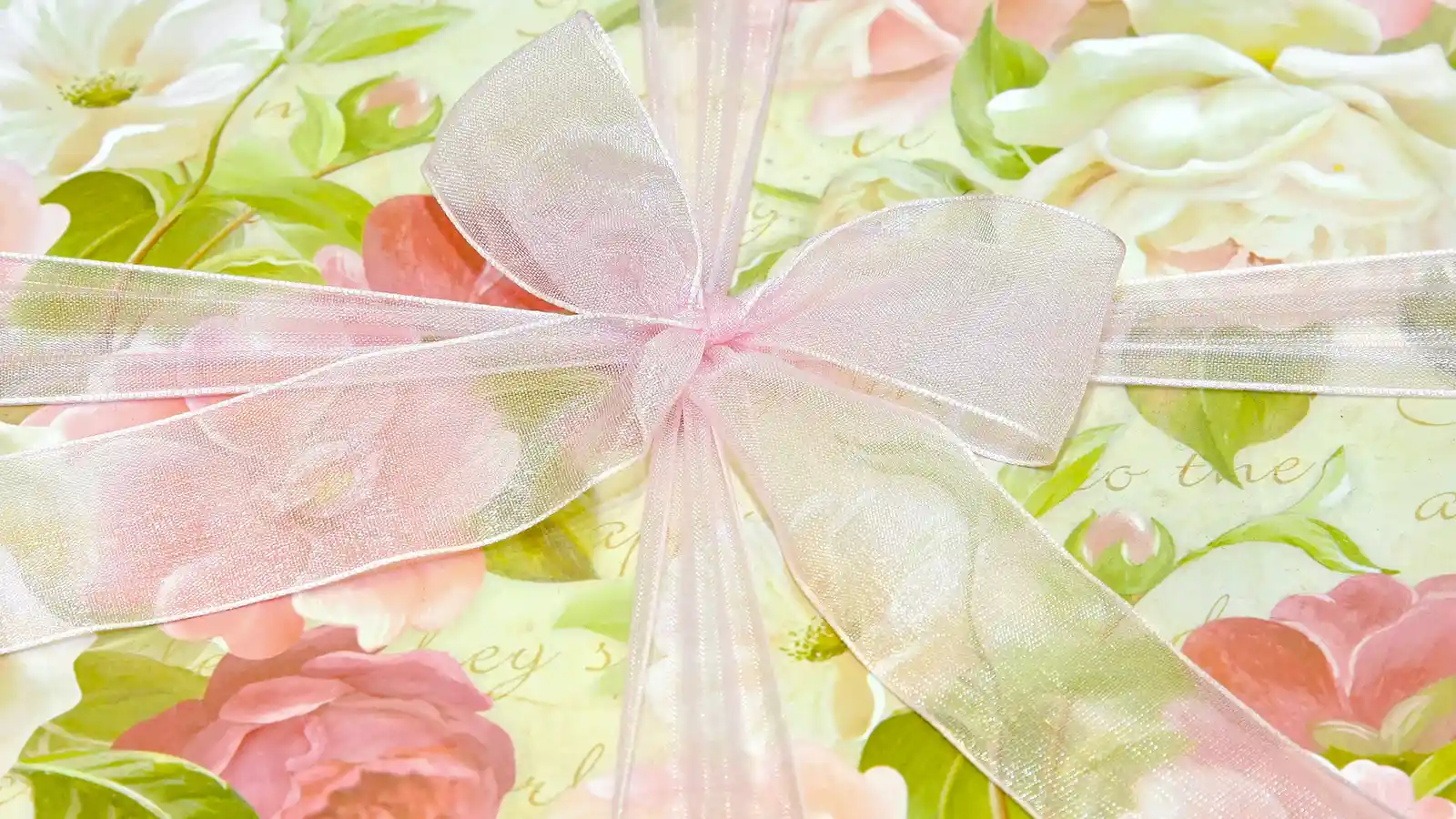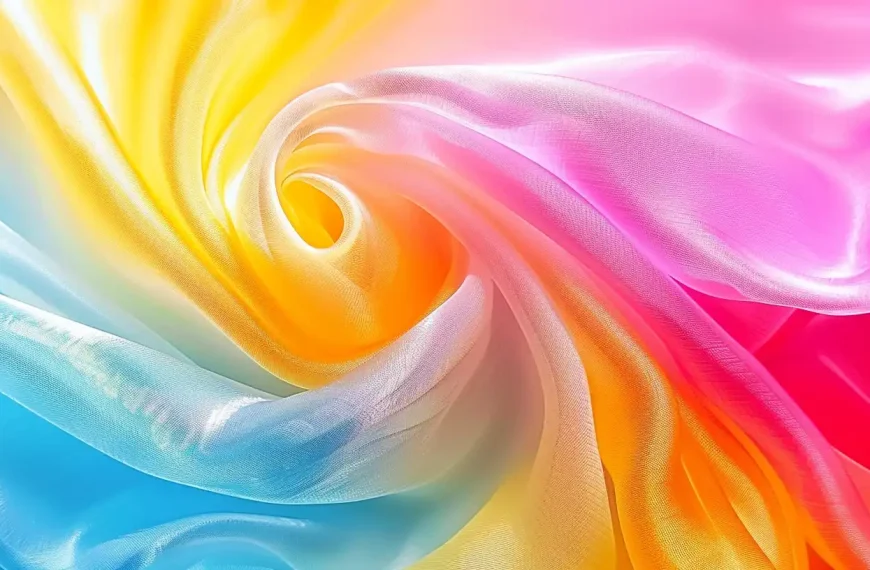As you explore the world of fabrics, you might wonder about the differences between tulle and organza. Both are popular choices for fashion and home decor projects but have unique characteristics.
Tulle is known for its airy and versatile nature, which is great for adding volume and drama to garments. On the other hand, organza has a sleek and sophisticated sheen. It’s perfect for adding structure and luxury to your creations. Understanding these differences can take your projects from ordinary to extraordinary.
Key Takeaways
- Tulle is a lightweight, fine-netting fabric. Organza is a stiff, sheer fabric traditionally made from silk.
- Tulle is more versatile and manipulable, ideal for creating layers, overlays, and accents. Organza is better suited for adding structure and support.
- Tulle is more cost-effective and suitable for budget-conscious projects. Organza is considered more luxurious and has a higher price point.
- Tulle is perfect for creating flowing silhouettes and adding volume to garments. Organza is ideal for creating full, flowing skirts and decorative elements.
- Tulle is more prone to wrinkling and snagging. Organza is more durable but requires more maintenance.
Understanding Tulle Fabric

Tulle, a lightweight, fine netting fabric, is commonly used in wedding dresses and veils. It offers a sheer and airy quality that adds volume and structure to garments.
Tulle is made from materials like nylon, knit, or silk mixes, giving it a unique texture. The open net-like weave provides flexibility and volume to garments, making it perfect for creating layers, overlays, skirts, sleeves, and accents.
Tulle is slightly stiffer than chiffon but offers a soft and flowing aesthetic. With its versatility, you can use tulle to add drama, romance, or whimsy to your designs.
Understanding Organza Fabric
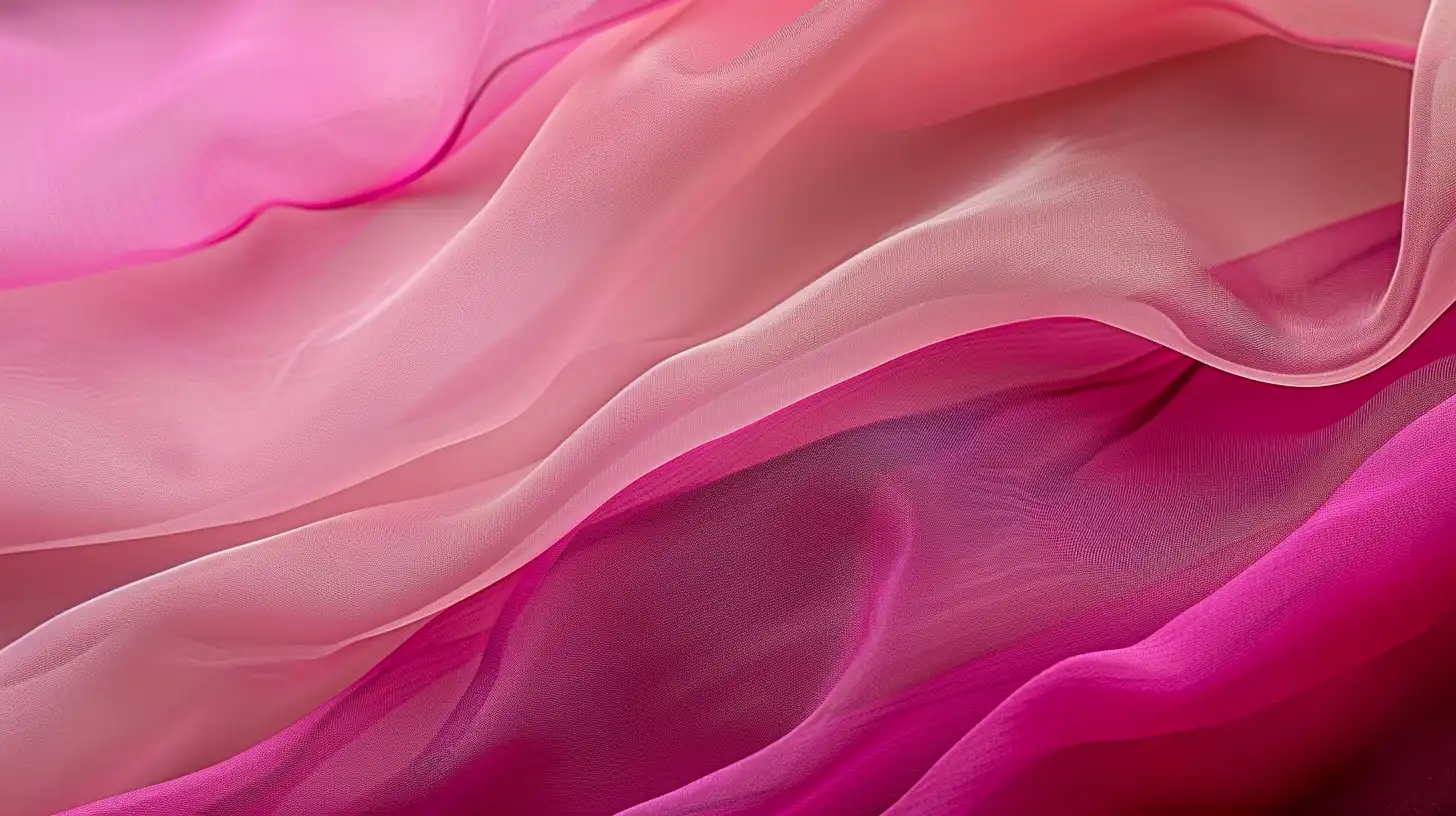
One of the most popular fabrics in fashion, organza is a stiff, sheer fabric that adds structure and volume to your designs. Traditionally silk-made, it’s known for its smooth, shiny appearance and lack of stretch.
Organza is often used in bridal wear, where it’s perfect for adding volume to skirts, trains, and veils. Its stiff texture makes it ideal for overlays, giving your designs a delicate, flowing look.
Due to its delicate nature, organza can be prone to wrinkling and snagging. With careful handling, this fabric can elevate your designs and add a touch of elegance.
What Is the Difference Between Tulle and Organza?
You’ll notice several distinct variations as you explore the differences between tulle and organza. These differences significantly impact the aesthetic and functionality of your design.
Texture and Feel
Tulle boasts a softer, more flowing texture, while organza exhibits a stiffer, more structured feel. This difference in texture significantly impacts the look and volume of your design.
Tulle’s softness and airiness make it perfect for adding volume to skirts and creating a romantic, ethereal atmosphere. On the other hand, organza’s stiffness provides more support and structure to a garment, making it ideal for creating a more formal, structured look.
When choosing between the two, consider the texture and feel you want to achieve in your design. Do you want softness and volume or stiffness and structure?
Appearance
In terms of appearance, tulle and organza differ in key ways. Tulle’s lightweight, net-like weave creates a soft, flowing effect, while organza’s stiff, smooth fabric provides a more structured, formal look.
As you consider which fabric to use, you’ll notice that the tulle’s open weave gives it a sheer, ethereal quality that is perfect for adding volume and a whimsical touch to your design. On the other hand, organza offers a more refined, structured silhouette thanks to its stiff, smooth texture.
When you want a soft, romantic look, tulle is the choice. But for a more formal, structured appearance, organza is the better choice.
Durability and Maintenance
Organza outshines tulle in terms of durability thanks to its stiffer nature and tighter weave. This makes it a better choice for items that need to withstand wear and tear.
While tulle is delicate and prone to tearing, organza can handle more wear and tear. But this increased durability comes at a cost. Organza requires more maintenance, such as careful ironing and storage, compared to tulle.
So, when it comes to longevity, organza is a better choice for items that need to withstand movement and handling.
Weight and Drape
Tulle fabrics are incredibly lightweight, weighing 15-30 g/m2, making them ideal for creating delicate, flowing effects. In contrast, organza fabric is slightly heavier, with a weight range of 20-50 g/m2, giving it a stiffer drape that provides garments with more structure and volume.
As a lightweight fabric, tulle has a softer, more flowing drape. It’s perfect for ethereal and romantic looks. Organza, on the other hand, offers a crisp, smooth finish that adds subtle texture and dimension to designs.
Applications in Fashion
As you explore the fashion world, you’ll find that both tulle and organza have unique applications.
Tulle in Fashion
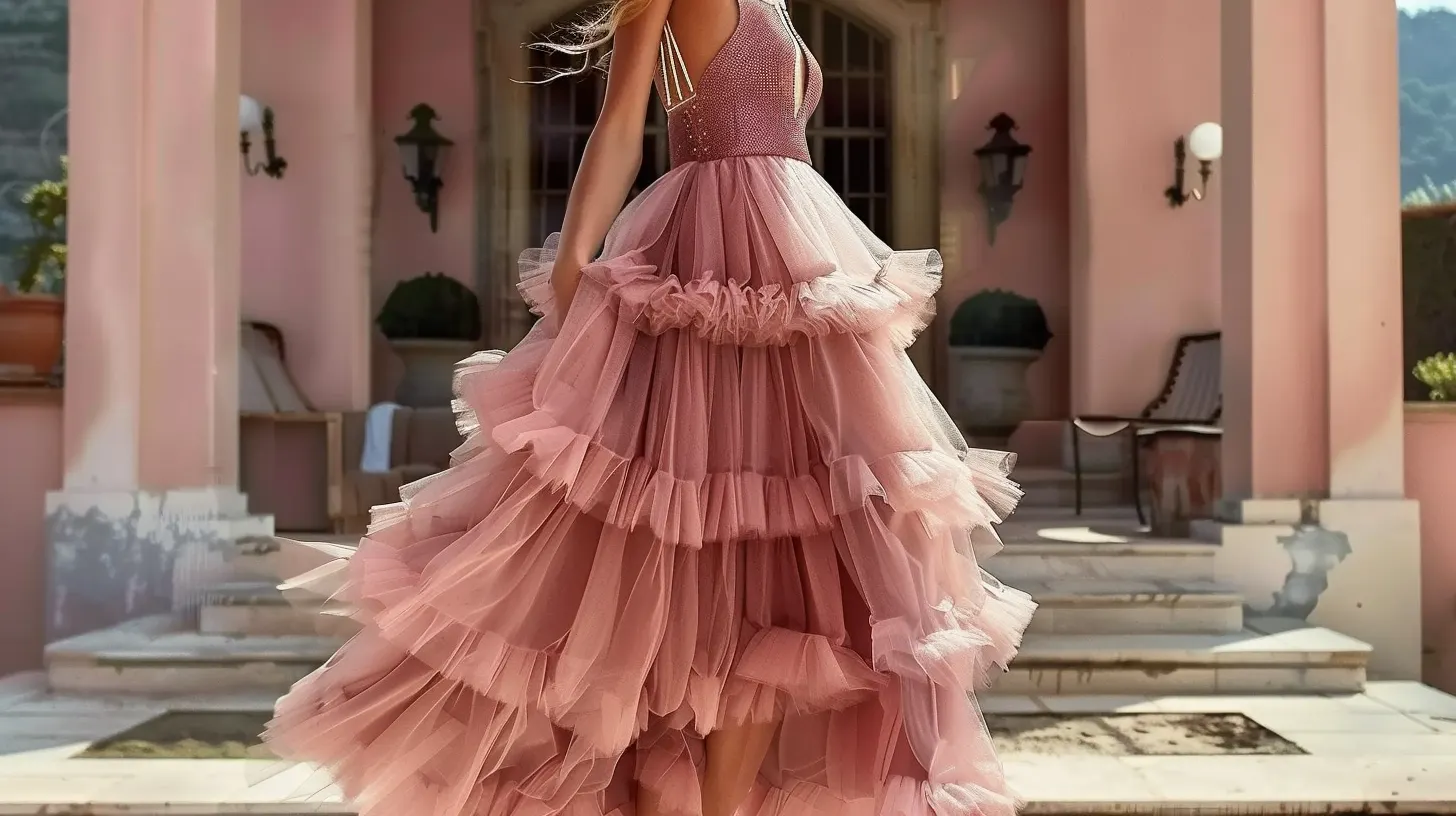
In fashion, tulle is a go-to fabric for designers who create airy, voluminous designs that exude a soft, flowing aesthetic. You’ll often find tulle used in skirts, veils, and overlays to add layers and dimension to garments.
Due to its open weave, tulle has a more structured and voluminous look than organza, making it perfect for creating dramatic, whimsical designs. When comparing tulle to organza, designers often choose tulle for its versatility and ability to be manipulated into different textures and effects.
Organza in Fashion
 How do you achieve a dramatic, ethereal effect in your fashion designs while maintaining a sense of lightness and airiness?
How do you achieve a dramatic, ethereal effect in your fashion designs while maintaining a sense of lightness and airiness?
You turn to organza, a sheer, lightweight fabric perfect for creating airy, voluminous silhouettes. In fashion, organza is a go-to for adding structure and support without adding weight, making it a popular choice for bridal wear.
You can create full, flowy skirts, veils, and gowns. Organza’s crisp, smooth finish allows you to embroider, shoot, crush, or satin-finish it to suit your design aesthetic.
Applications in Home Decor
As you explore the world of home decor, you’ll find that both tulle and organza can add a touch of elegance to your space.
Tulle in Decor
Incorporating tulle into your home decor can instantly elevate the ambiance of a room. Its airy, delicate texture adds a touch of romance and whimsy to any space. As a lightweight and easy-to-work-with fabric, tulle is ideal for DIY projects like chair bows or table overlays.
You can layer tulle to add depth and texture to window treatments or room decorations. Tulle’s sheer quality allows light to filter through, making it perfect for embellishing pillows and lampshades or adding a whimsical touch to floral arrangements.
With tulle, you can create a dreamy atmosphere in your home décor that’s both delicate and dramatic.
Organza in Decor
With its sleek, luminous finish, organza brings a touch of sophistication to your home decor.
You can use it to create elegant curtains, tablecloths, and draperies that add a luxurious touch to your space. Organza’s smooth, shiny appearance enhances the aesthetic of your home decor, making it perfect for special occasions or everyday elegance.
You can also use it to create decorative present bags or home embellishments. Although commonly associated with bridal wear, organza’s versatility makes it popular for adding a touch of luxury to various home decor items.
Cost Comparison in Tulle and Organza
As you compare prices, you’ll find that tulle is generally more cost-effective than organza. It’s a popular choice for budget-conscious projects. Organza tends to be pricier due to its luxurious appearance and high-quality material.
The cost difference between the two fabrics can vary based on the brand, type, and quantity needed. To get the best deal, consider comparison shopping and looking for discounts.
Conclusion
You’ve now got a solid understanding of the differences between tulle and organza.
While both fabrics have their unique strengths, tulle’s flexibility and versatility make it perfect for creating volume and layers. Organza’s stiffness and smooth appearance make it ideal for adding structure and sophistication.
Whether you’re working on fashion projects or home decor pieces, choosing the right fabric can make all the difference. So, pick the one that best fits your creative vision!
Get more fabric knowledge on Longan Craft Blog! Dive into the fabric world with Longancraft!
FAQs
Is Organza the Same as Tulle?
No. While both are lightweight and sheer, tulle and organza have distinct textures and uses, making them unique fabrics for different design purposes.
What Does Organza Feel Like?
Organza feels stiff and smooth to the touch, unlike other fabrics. When you run your hand over it, you’ll notice its crisp, lightweight, and delicate texture, making it a unique sensation.
What Fabric Is Like Tulle but Softer?
That would be chiffon, a lightweight, flowing fabric with a smooth texture. It’s ideal for veils, overlays, and flowing accents in bridal attire.
What Fabric Is Similar to Organza?
Silk gauze or netting shares organza’s crisp, smooth texture and lightweight feel, perfect for adding structure and elegance to your designs.


